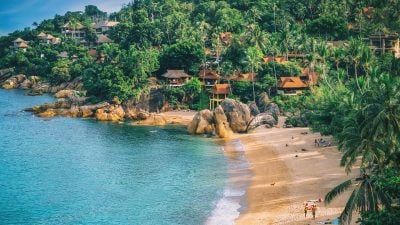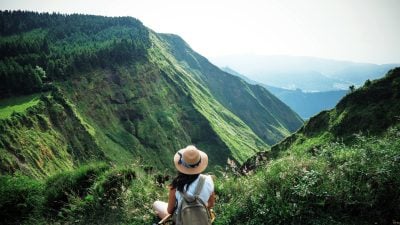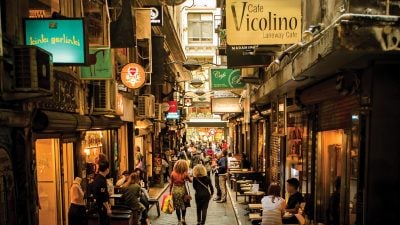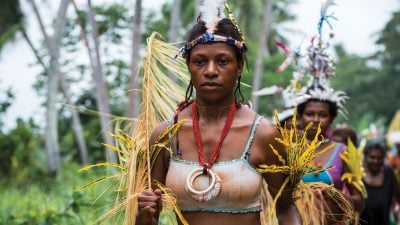
Mongolia: Asia’s Diamond in the Rough
April of this year I did something I had long been dreaming of doing—I drove to Mongolia from Tbilisi, the Republic of Georgia’s beloved capital city. I had been staying there for the previous five months, as I usually did when temperatures in Mongolia began making their way down to their -22°F (-30°C) average.
Taking advantage of this time, I began preparing the vehicle I’d be driving through Azerbaijan, Kazakhstan, and Russia to reach Mongolia in. A Land Cruiser 78 Troop Carrier would be my constant companion as I navigated my way across some of the world’s most feared areas, solo and unsupported.
Years of driving across Mongolia in much the same way had taught me a lot of the confidence and skills I would need during this drive. Having explored the remotest corners of the country, getting stuck, changing flat tires, and just generally relying on instinctual navigation would help me survive this drive. It was back in 2018 when I first came to Mongolia as a tourist, much like everyone else. At the time, I had no idea the country would change my life in such a profound way. Back then, much like it still is today, a lack of infrastructure combined with a population that lived off their herds and the land, immediately had me yearning for more. People couldn’t really still live this way, could they? They did. And I had to know more.
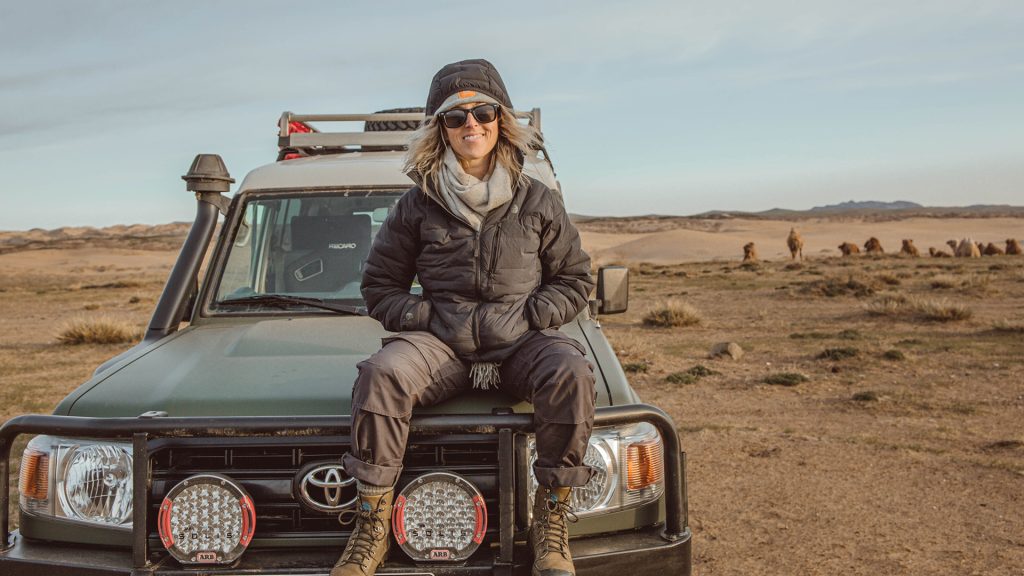
I was determined to learn everything I could. To live and breathe like the nomads. To sleep like the nomads. To train to hunt with golden eagles at the base of the Altai Mountains like the Kazakh nomads. To embody, fully and without prejudice, the traditions that had kept a community of people alive for thousands of years.
I travelled to the northern part of the country, twice, to ride reindeer and embed myself with the Tsaatan tribe, the last tribe in the world to herd and ride reindeer. I Learned how to make reindeer milk bread, transport firewood on reindeer, and eat my weight in yak yogurt all along the way. It was in the roughness of these experiences and the vulnerability of the locals sharing their lives with me where I would find myself most at home.
But those experiences aren’t all that Mongolia has to offer. As much as I have loved, and still love, the rough and rugged Mongolia, the country is slowly but surely evolving. And so are my interests here.
Interests include Mongolia’s history with polo, which date back to the 13th century and the days of the world’s most notorious Khan. By checking into the Genghis Khan Polo Club, I was able to watch as world-class polo players competed on what I would imagine is one of the most picturesque polo fields in the world, right in the Orkhon Valley.
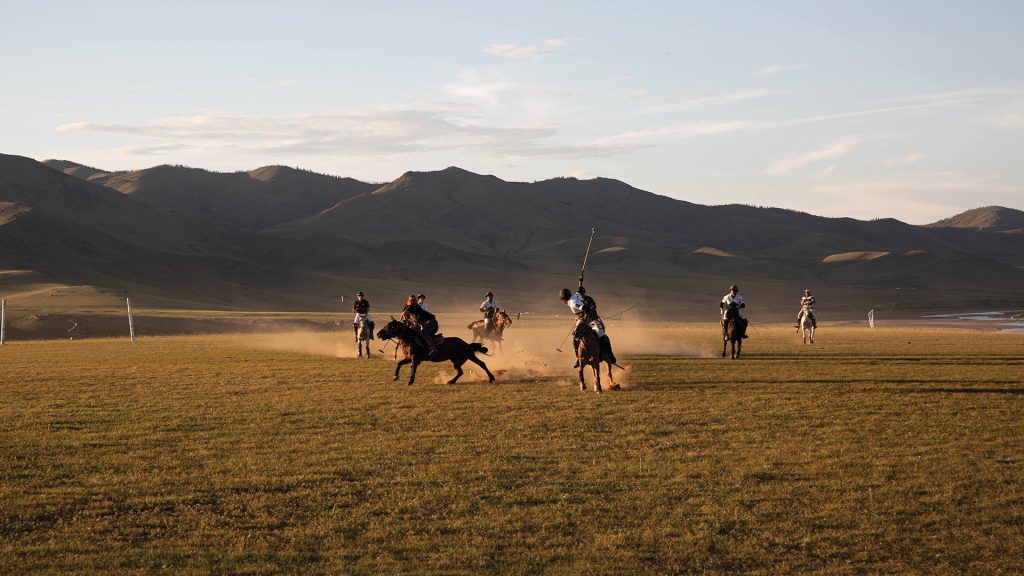
There were also the calligraphy sessions at the Arts & Mongolian Calligraphy Center, Erdenesiin Khuree, in Kharkhorin. The centre hopes to revive the art and use of Mongolian calligraphy, a mostly dead, but beautiful, script. I was happy to discover they hold regular exhibitions and plan to add a ceramics studio to make use of the valley’s natural clay over the winter. Between those experiences there was music. Music festivals like PlayTime, Spirit of Gobi, Kharkhorum Visual Art & Music Festival, Cipy Top, and Ulaanbaatar Jazz Week all vying for my attention back in Ulaanbaatar.
Even the Tenger World Shaman Festival caught me by surprise. Not often will you find 300 shamans from Mongolia and around the world in one place.
That’s the beauty of Mongolia, and what keeps me from leaving. You can choose your own adventure, and your own way of experiencing everything Asia’s diamond in the rough has to offer.
This article was originally published in No. 32 of Globetrotting Magazine.
Get more travel inspiration by email.
Subscribe
0 Comments

Get the latest travel trends & hear about the best deals on vacations around the world.
If you’re a Globetrotter, these are the newsletters for you!
